To my daughters, Susie and Laura, who have taught me so much about assertiveness.
Confident Children
Confident Teens
Emotional Confidence
Managing Anger
Managing Emotions at Work (HarperThorsons Audio)
Positive Under Pressure (with Dr Malcolm Vandenberg)
The Positive Woman
Self-Esteem
Self-Esteem Bible
Self-Motivation
Super Confidence
Success from Setbacks
Compromise | only if its reasonable to do so |
Open | and be honest |
Negotiate | firmly and wisely |
Fair | to you as well as others! |
Innovate | dont wait for others or fate |
Direct | and clear in your speech |
Expressive | show your feelings when appropriate |
Non-verbal | use your body and beware of hidden messages |
Chance | take risks |
Empower | everyone! |
HarperThorsons
An imprint of HarperCollinsPublishers
7785 Fulham Palace Road,
Hammersmith, London W6 8JB
www.harpercollins.co.uk

HarperThorsons are trademarks of HarperCollinsPublishers Ltd
First published by HarperThorsons 1992
This revised edition published by HarperThorsons 2001, 2014
This edition published 2014
Gael Lindenfield 1992, 2001, 2014
A catalogue record of this book is available from the British Library
Gael Lindenfield asserts the moral right to be identified as the author of this work
Cover layout design HarperCollinsPublishers Ltd 2014
Cover Photographs Shutterstock.com
All rights reserved under International and Pan-American Copyright Conventions. By payment of the required fees, you have been granted the nonexclusive, non-transferable right to access and read the text of this e-book on screen. No part of this text may be reproduced, transmitted, downloaded, decompiled, reverse engineered, or stored in or introduced into any information storage retrieval system, in any form or by any means, whether electronic or mechanical, now known or hereinafter invented, without the express written permission of HarperCollins e-books.
Find out about HarperCollins and the environment at www.harpercollins.co.uk/green
Source ISBN: 9780007557974
Ebook Edition JANUARY 2014 ISBN: 9780007388622
Version: 2013-12-23
Contents
Most importantly, I would like to thank all the people who have attended my courses and given me such helpful and constructive feedback.
I would also like to thank Robert Adams for so willingly helping me to prepare the final text for publication.
Finally, I must thank my husband for his constant encouragement and challenge to my own assertiveness!
Although I wrote this book several years ago, it still offers a very good introduction to the subject, and the exercises will still work well for both individuals and self-help groups. The world, however, has changed quite dramatically since the book was written. The pace of life has become very much faster and more competitive for most people. As a consequence, personal stress has become a major mental and physical health issue. Assertiveness is a skill that we now need perhaps more than ever. When used in important situations and in relationships that are diminishing or threatening our personal resources of time and emotional and physical energy it is invaluable. For those of you who are still novices at using these techniques, you may be surprised to hear that I now would like to make a plea for the usefulness of passivity!
When I first wrote this book most people didnt even know what the word assertiveness meant. Now almost everyone does and assertive behaviour is generally expected of us all not just at work, but also in our personal relationships. Over the last few years I have seen many people tire themselves needlessly by being too assertive all of the time! Once your self-esteem and self-confidence are in good shape, you might naturally find yourself letting many minor put-downs and unfair situations pass by without a challenge. But even if they are still shaky, remember that you can also decide to be passive from time to time, especially if you are tired or stressed. If you later decide that the issue is one that is important to you, you can always use your assertive skills to bring it up again. You will undoubtedly handle it better when you have had time to reflect and recoup your energy.
This book is based on an Assertiveness Training Programme which I used with a variety of groups over many years. It is, by no means, a definitive model either for myself or anyone else. It can and should be adapted, abridged, expanded or indeed abandoned according to your own individual needs. In writing it, I have aimed to provide the following:
1. A Concise, Simple Account of the Theory and Principles
as they are applicable to both men and women living within our Western culture.
Much of Assertiveness Training is concerned with changing or adapting our values, ideas and philosophy. Often we are unassertive merely because we think that it is wrong to be assertive. These thoughts may be quite deeply rooted in our minds as they are often placed there in early childhood and are embedded in the values of our culture. Our first task must, therefore, be to reprogramme our minds by replacing the old unassertive values and thoughts with a more positive philosophy. From my own personal experience and the experience of people on my courses it seems that the repetition of appropriate quotations and proverbs is a useful way of effecting this change.
Throughout the book you will notice a number of these quotes and proverbs. They have been placed in boxes so that they can be easily identified and used as an occasional reminder of the philosophy of assertiveness. In my groups, I often write some out on large wall posters and suggest that this can be done at home or in the office as well.
I appreciate that some people might find them an irritating distraction from the text. If this should happen please ignore them and read on!
2. A Handbook for Self-Help Groups
Assertiveness Training is most often undertaken in a group situation. After all, old habits certainly do die hard but they do seem to vanish more quickly when we receive support and encouragement from others who can understand what the battle is all about.
Part Two of this book offers a programme of exercises which could be completed in approximately eight weekly sessions of two hours each. The appropriate theory can be introduced in the form of posters and handouts derived from the text in Part One.
By using the book in this way, the responsibility for leading the group could be shared by some or all of the participants.
3. A Handbook for Individuals
If for some reason you are unable, or unwilling, to join a self-help group, this basic programme can be adapted for use on your own at home.
At the end of each practical exercise I have made some suggestions about how you could achieve this. I suggest, as with self-help groups, you could work on one short session each week over a period of two months. It is important to cover the basic ground very thoroughly and not to try too much too quickly. You may need more self-discipline and motivation to work in this way, but it should still be possible to make some effective progress.
Next page
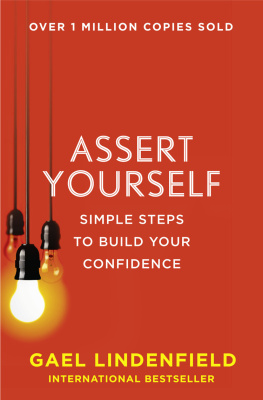


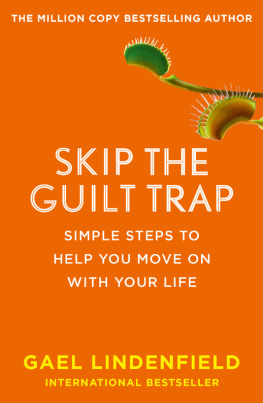
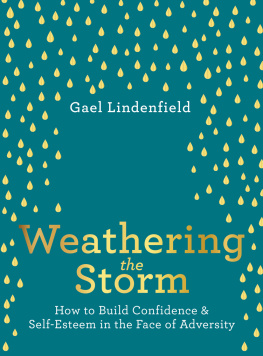

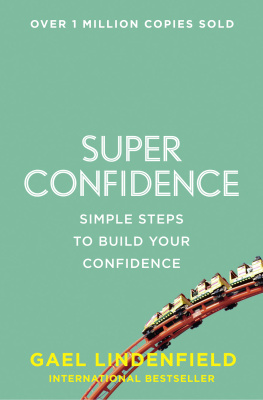
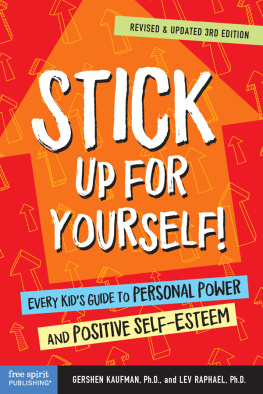



![Lindenfield - Emotional confidence : [simple steps to build your confidence]](/uploads/posts/book/119303/thumbs/lindenfield-emotional-confidence-simple-steps.jpg)

